Stellar Theater Double-Header
Dallas Theater Center's Clybourne Park walks high-wire and thrives
After watching Dallas Theater Center present both A Raisin in the Sun and Clybourne Park in close succession, it’s difficult to imagine seeing one without the other ever again.
Although written by two different playwrights, they are inextricably linked, and not just because Bruce Norris wrote Clybourne Park as a response to Lorraine Hansberry’s classic play.
Clybourne Park is a high-wire act of sorts, using its two acts to tell different stories about one house in Chicago, the same house to which the Younger family was going to move in A Raisin in the Sun. It also requires its seven actors to play different roles in each act. DTC raises the ante even more by asking three actors from Raisin to perform, with only one getting to play the same role twice.
Dallas Theater Center really went for it by putting A Raisin in the Sun and Clybourne Park in repertory together, and it paid off in a big way.
The first act is set in 1959, directly after the events in Raisin. It deals mainly with Russ (Chamblee Ferguson) and Bev (Sally Nystuen Vahle), who are getting ready to move out of their house. Their plans to sell to the Youngers are complicated by the objections of their neighbors, personified by Karl Lindner (Steven Michael Walters).
The second act fast-forwards 50 years, with Steve (Walters) and Lindsey (Allison Pistorius) wanting to build a new house where the old one stands, and members of the now predominantly black neighborhood, including Kevin (Hassan El-Amin) and Lena (Tiffany Hobbs), negotiating with them over housing regulations.
The great thing about both Raisin and Clybourne is that even though race is a dominant theme in both plays, it is only present as part of complex background stories. In Clybourne, Russ and Bev’s personal tragic background bubbles just beneath the surface for most of the first act, while the history behind several of the characters in the second act colors their actions and reactions.
Both are also very much plays of their time. While Raisin is certainly intense, it’s more genteel than the in-your-face profaneness of Clybourne. But characters in this play don’t curse just for the sake of cursing; every joke or insult serves the purpose of moving the story forward or hammering a point home. Consequently, there are plenty of opportunities for the audience to either howl at the play’s audaciousness or cringe at its biting remarks.
As they did with Raisin, DTC utilizes an extended stage in Clybourne so that the action is often taking place right in the middle of the audience. Director Joel Ferrell and his crew also use the great touch of having characters on the stage before each act actually begins. For at least 10 minutes before the play begins, Ferguson lounges in a chair onstage, reading magazines and eating ice cream. Although you don’t know it at the time, this simple deed does immense work in helping to set up his character’s demeanor, which pays off in a big way toward the end of the first act.
Having each actor play different characters in both acts allows all them different moments to shine. Walters reprises Karl Lindner from Raisin with aplomb, unleashing the true feelings of the character that he was only able to hint at previously. But the first act belongs to Ferguson. His Russ is staid and reserved most of the time, but when he gets angry, he’s a force of nature that can’t be denied.
Ferguson is the comic relief in the second act, giving way to the face-off between the two couples of different races. El-Amin and Hobbs, each now playing their third character between the two plays, go from accommodating to confrontational in the blink of an eye, and they are sensational in doing so. Walters and Pistorius are equally as good, making Steve and Lindsey people who are both intelligent and naïve at the same time.
I haven’t said much about either Jacob Stewart or Vahle yet, but that’s not because they lack talent. They both do solid jobs playing supporting yet essential characters; neither story would be complete without them. They also provide a key final moment in the play, one that makes for a truly emotional capper.
Dallas Theater Center really went for it by putting A Raisin in the Sun and Clybourne Park in repertory together, and it paid off in a big way, especially for anyone fortunate enough to see both plays. Catch them while you still can, before they end their runs at Wyly Theatre on October 27. The chance to see both classic plays performed by a theater company of the highest caliber is one that should not be missed.
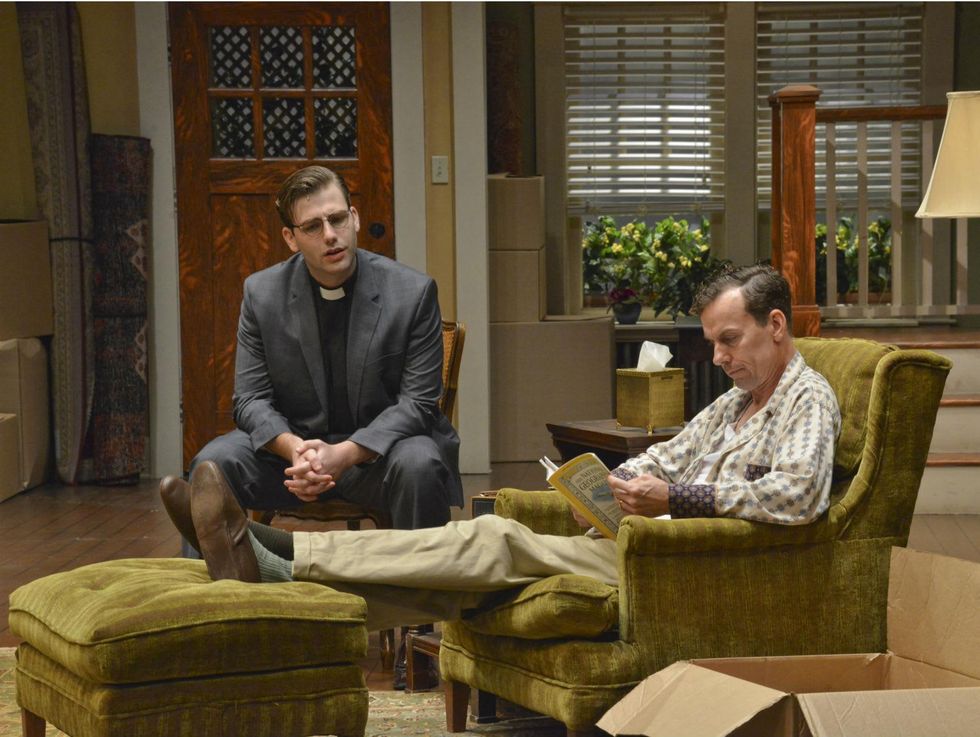
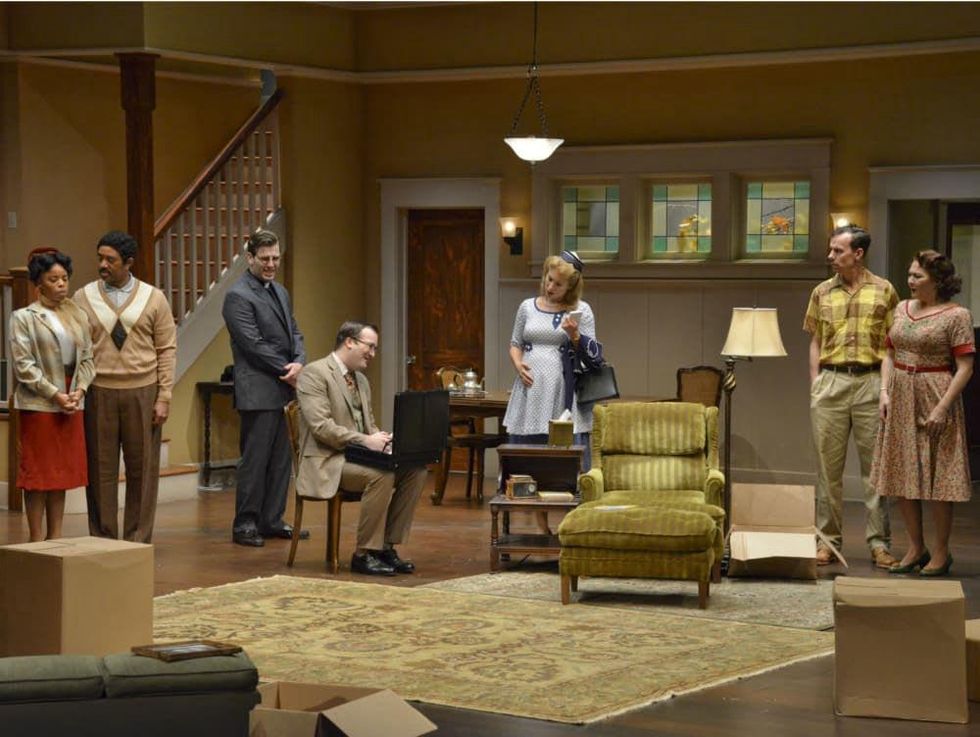
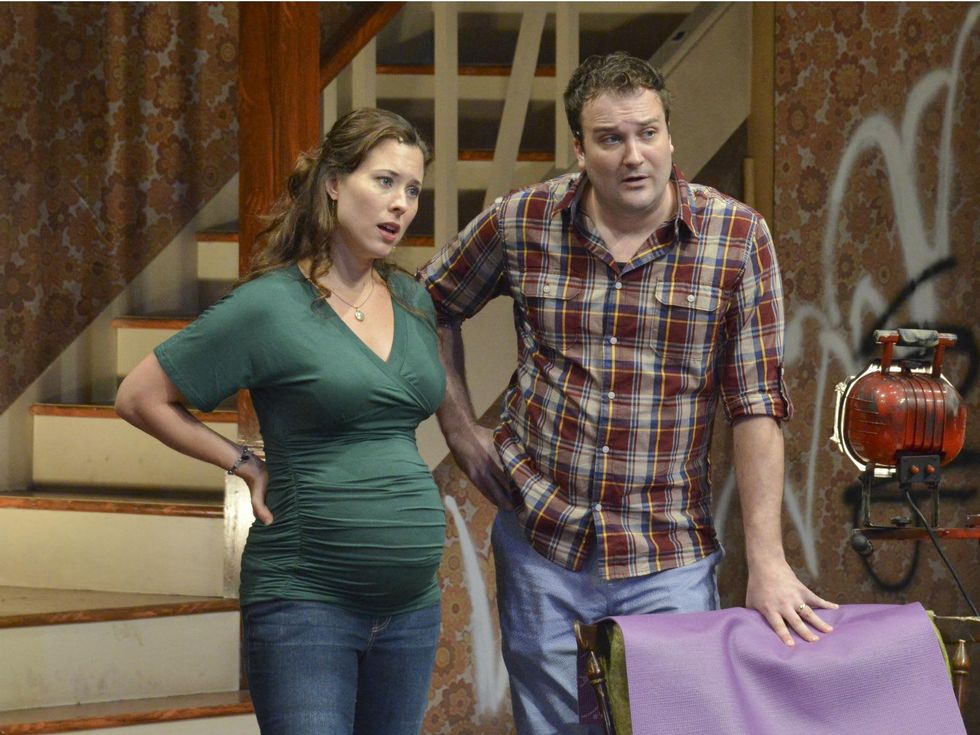
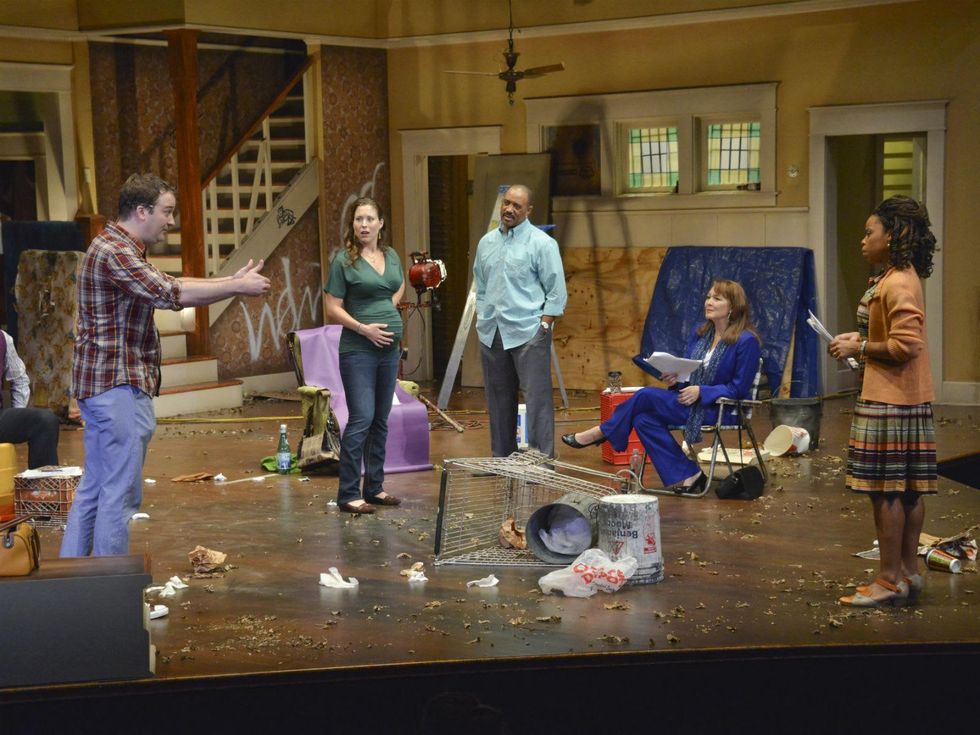

 Guy Fieri and Oren Salomon Courtesy photo
Guy Fieri and Oren Salomon Courtesy photo 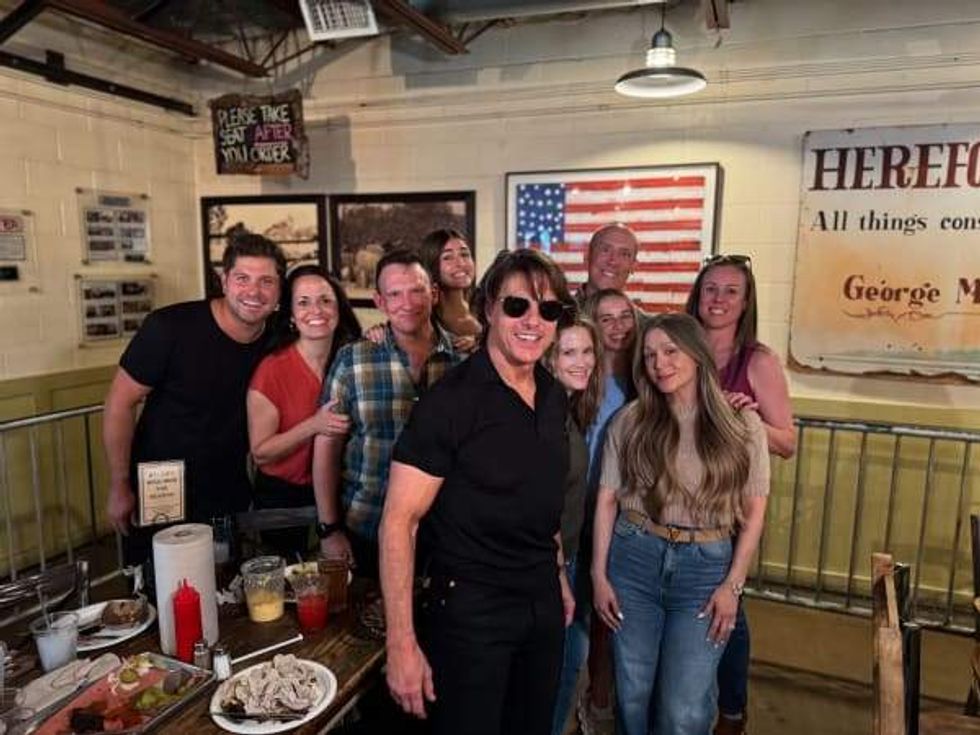 Tom Cruise in Dallas Tribal Cafe
Tom Cruise in Dallas Tribal Cafe 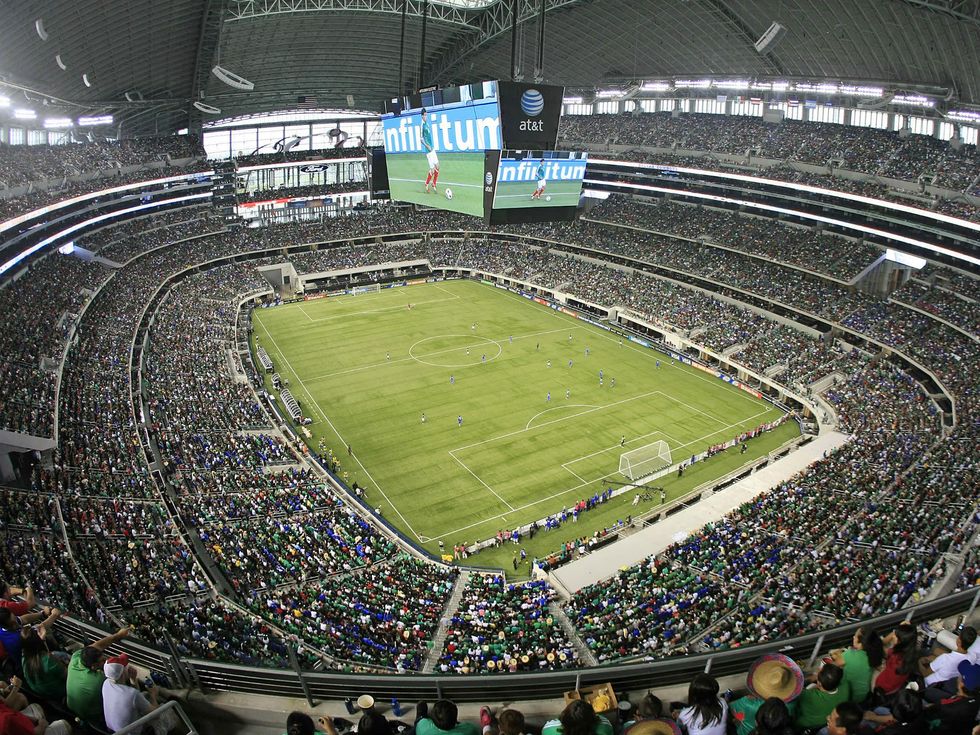 The 2026 FIFA World Cup will be played at AT&T Stadium in Arlington and other venues in the U.S., Mexico, and Canada. Photo courtesy of CONCACAF
The 2026 FIFA World Cup will be played at AT&T Stadium in Arlington and other venues in the U.S., Mexico, and Canada. Photo courtesy of CONCACAF 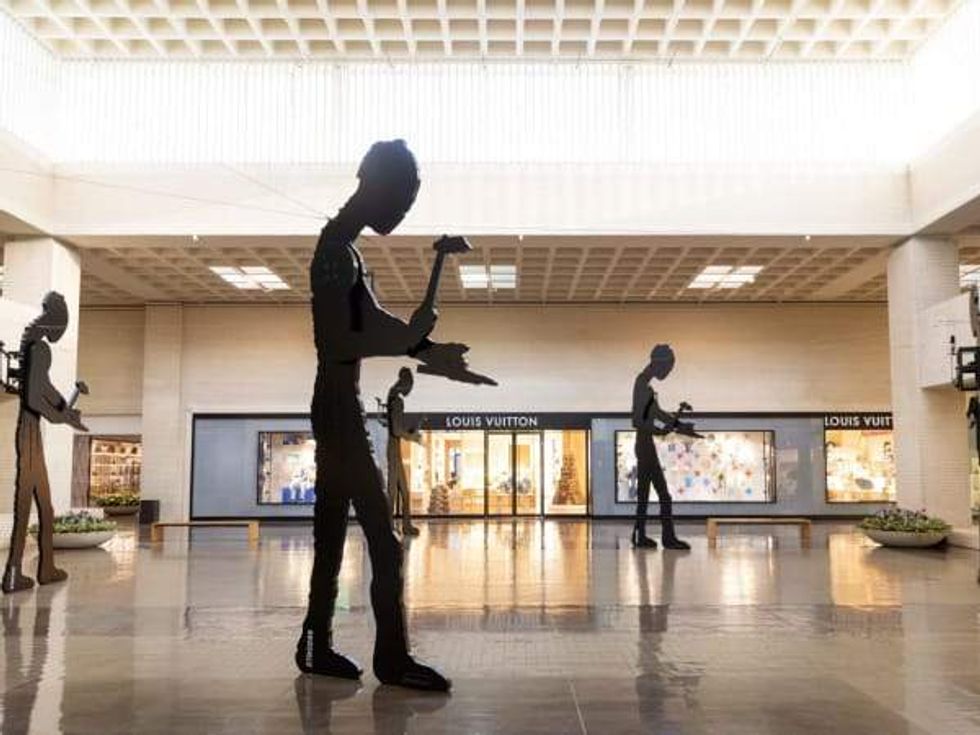 Hammering Men, 1982 NorthPark Center
Hammering Men, 1982 NorthPark Center